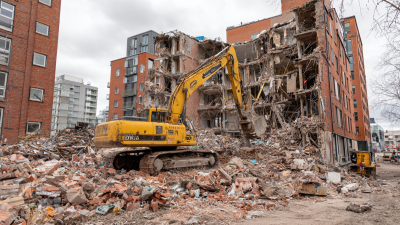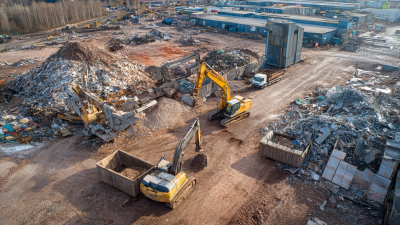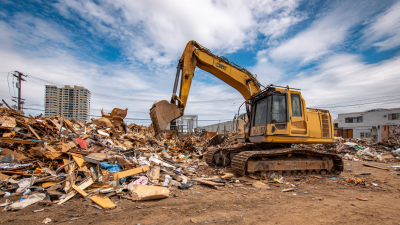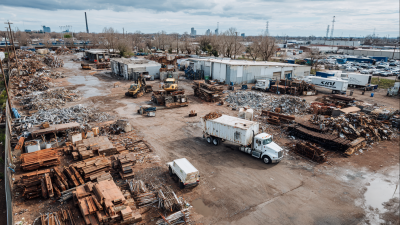Innovative Solutions for Construction Trash Disposal at the 138th China Import and Export Fair 2025
The management of Construction Trash Disposal has become increasingly critical in the context of large-scale events such as the 138th China Import and Export Fair in 2025. According to a report by the International Waste Management Association, construction and demolition debris account for approximately 40% of total solid waste in major urban areas, highlighting the need for innovative disposal strategies. As the global construction industry is projected to reach a market value of over $8 trillion by 2030, sustainable waste management practices are imperative. Addressing these challenges at significant platforms like the Canton Fair can exemplify forward-thinking approaches while promoting eco-friendly initiatives. This ensures not only the compliance with stringent environmental regulations but also enhances corporate social responsibility among participating entities. Thus, exploring cutting-edge solutions for Construction Trash Disposal can pave the way for a greener future in construction, reflecting a commitment to sustainability and innovation.
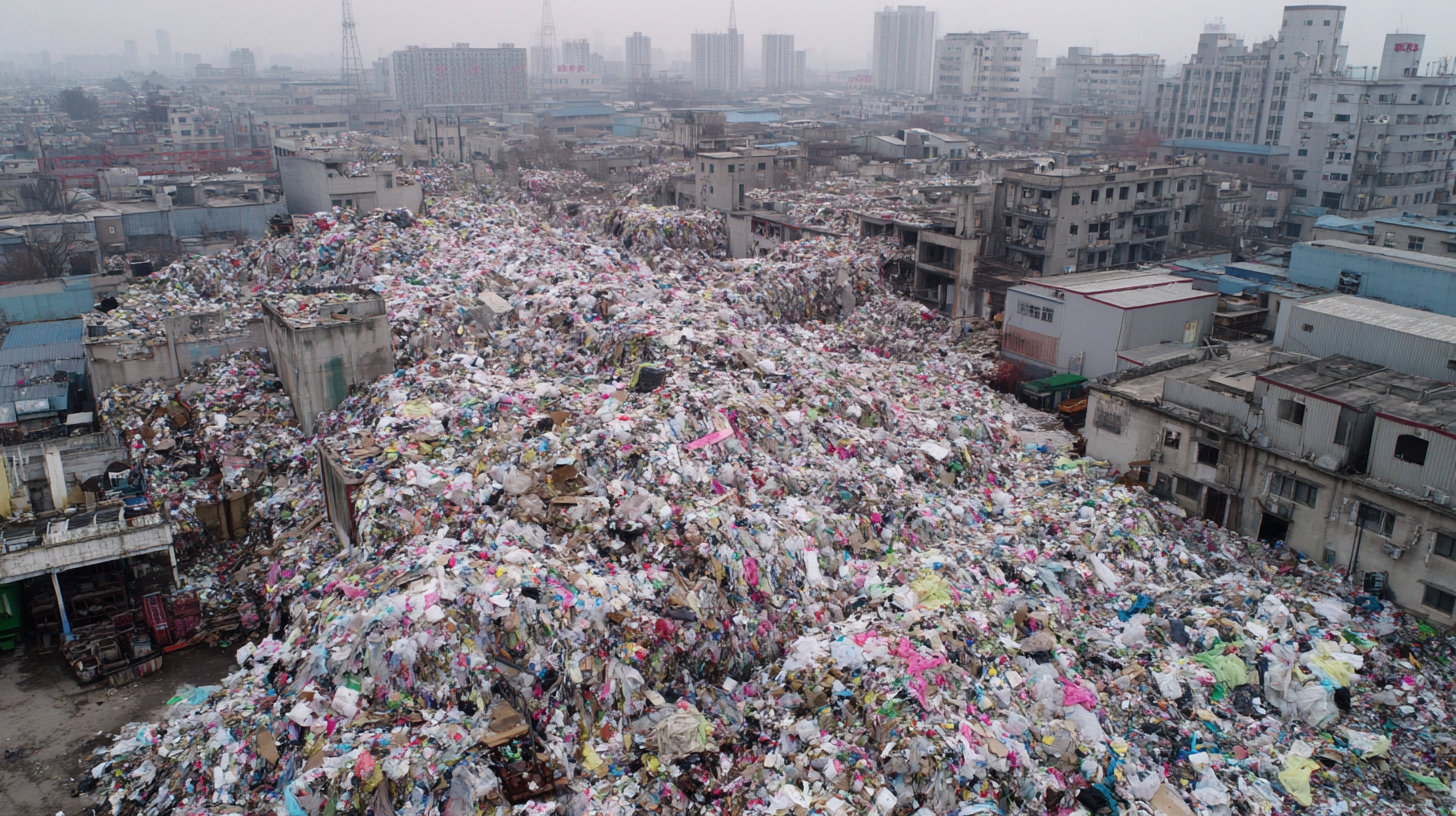
Innovative Recycling Technologies for Construction Waste at the 138th China Import and Export Fair
As the 138th China Import and Export Fair approaches in 2025, the construction industry is gearing up for a critical examination of waste management practices. Innovative recycling technologies are at the forefront of transforming how construction waste is handled, aiming to reduce the environmental impact markedly. According to the "Global Waste Management Market Report 2022", a staggering 2.01 billion tons of construction waste are generated annually, accounting for approximately 35% of total waste globally. Implementing efficient recycling technologies could divert a significant portion of this waste from landfills, promoting a circular economy within the sector.
Advanced methods such as waste-to-energy conversion and the development of eco-friendly building materials from recycled matter are gaining momentum. For instance, research emphasizes that incorporating recycled aggregates can reduce landfill reliance by as much as 25%, while achieving desired structural integrity (Environmental Science & Technology, 2021). Companies leveraging these technologies not only contribute to sustainability but can also realize substantial cost savings in project execution.
Tip: Always explore partnerships with innovative recycling firms and invest in workforce training on sustainable disposal methods. Implementing a robust recycling program can increase efficiency and enhance your company's reputation as a leader in eco-friendly practices.
Trends in Construction Waste Management: Data and Insights for 2025
As the construction industry continues to evolve, sustainable waste management practices are becoming increasingly vital. The 2025 landscape for construction waste management is shaped by innovative technologies and regulatory frameworks aimed at minimizing environmental impact. According to a report by the World Economic Forum, construction waste is projected to reach 2.2 billion tons annually by 2025. This highlights the urgent need for efficient disposal solutions that not only comply with environmental standards but also enhance the circular economy within the construction sector.
One notable trend is the integration of recycling technologies, allowing up to 70% of construction debris to be repurposed. A study by the Construction Industry Institute indicated that using recycled materials can lead to a 30% reduction in carbon emissions. Moreover, the incorporation of digital solutions, such as waste tracking software, has been shown to improve operational efficiency and transparency in waste disposal processes. As stakeholders in the construction field prepare for the 138th China Import and Export Fair, embracing these innovative approaches will be crucial for fostering a sustainable future and addressing the challenges inherent in managing construction waste.
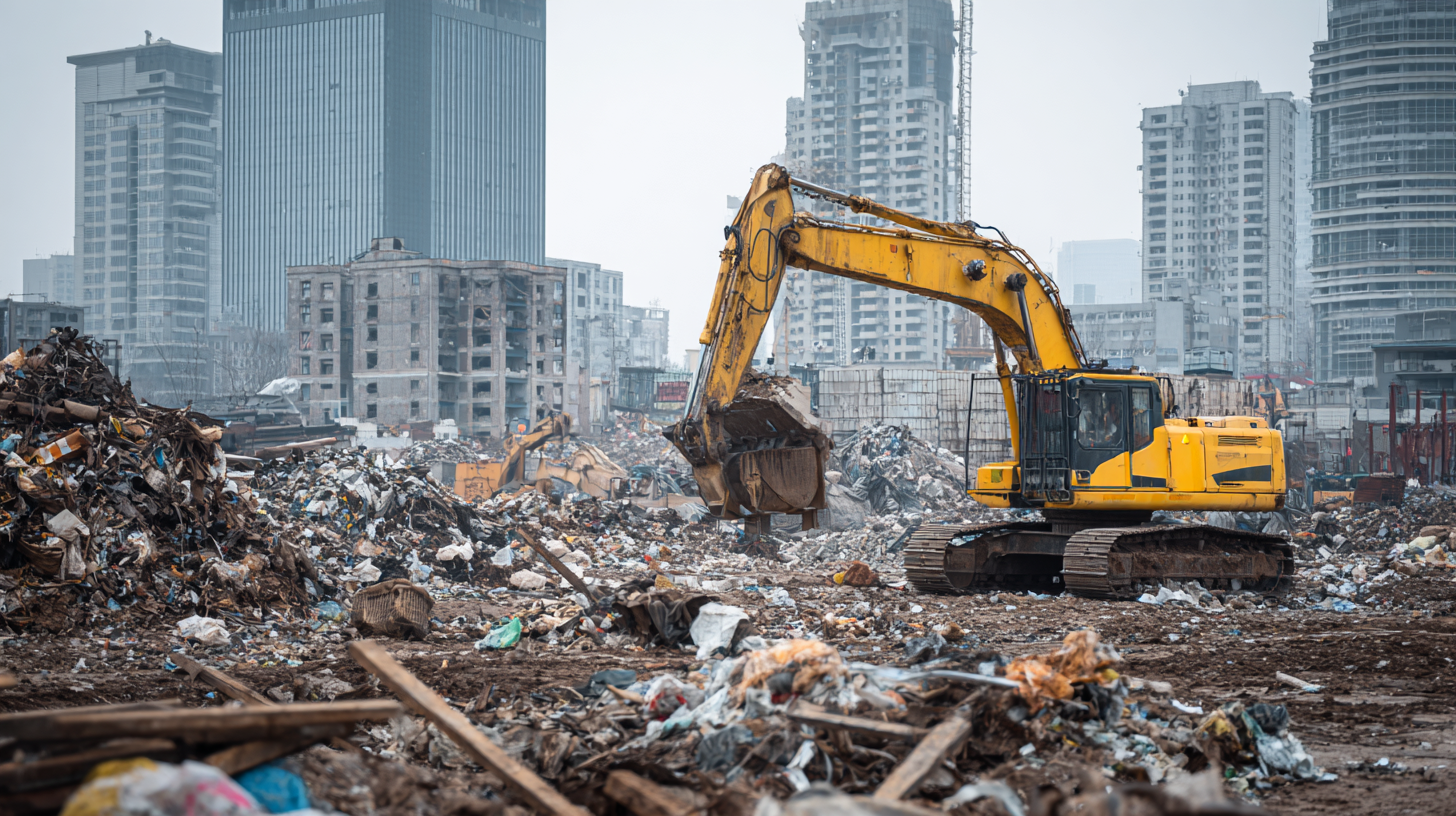
Case Studies of Successful Construction Trash Disposal Initiatives
The 138th China Import and Export Fair in 2025 is set to showcase not only products but also innovative approaches to handling construction trash. Various case studies from previous fairs demonstrate successful initiatives that prioritize sustainable waste management. For instance, the introduction of modular recycling units allowed exhibitors to sort, recycle, and compost their waste on-site, drastically reducing landfill contributions. This model not only conserves resources but also engages attendees in eco-friendly practices.
Tips: To establish a successful construction trash disposal strategy, consider creating designated areas for different types of waste. This clear separation simplifies the recycling process, encourages proper disposal habits, and lowers the volume of waste sent to landfills.
Another noteworthy initiative involved partnerships with local waste management companies, which provided real-time data on waste processing. This transparency helped exhibitors adjust their disposal strategies dynamically, ensuring optimal resource recovery. Such collaborations not only streamline operations but also build a community-focused approach to waste management.
Tips: Foster relationships with local waste haulers and recycling facilities ahead of time to ensure you have the necessary support and infrastructure in place during large events like the fair.
The Role of Green Building Practices in Reducing Construction Waste
Green building practices are crucial in mitigating the vast amounts of construction waste generated by the industry. According to a report from the World Green Building Council, the construction and demolition sector accounts for approximately 40% of global waste. Implementing innovative solutions like modular construction and prefabrication can significantly reduce this figure. By using prefabricated components, construction sites can minimize material waste by up to 30%, as materials are fabricated in a controlled environment, ensuring optimal use and reducing excess.
In addition, the integration of sustainable materials is another key aspect of green building practices. The Environmental Protection Agency (EPA) states that utilizing recycled materials, such as reclaimed wood or recycled steel, can decrease the overall carbon footprint by an estimated 50%. This shift not only helps in reducing waste but also promotes a circular economy within the construction industry. As the 138th China Import and Export Fair in 2025 approaches, it is essential for stakeholders to prioritize these innovative solutions that not only enhance the sustainability of construction practices but also demonstrate their commitment to environmental stewardship.
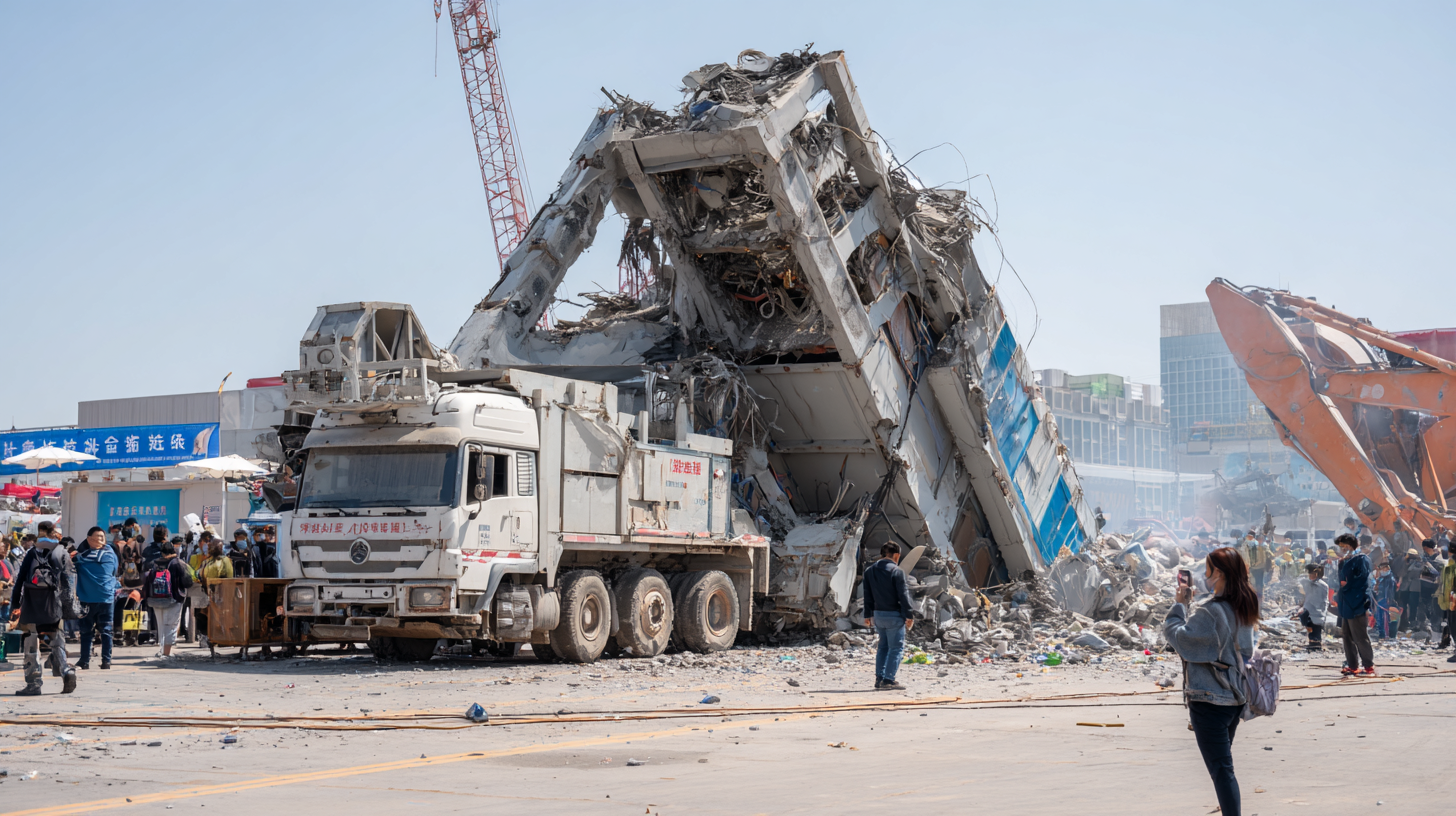
Implementation of Smart Waste Tracking Systems in the Construction Sector
The implementation of smart waste tracking systems in the construction sector at the 138th China Import and Export Fair in 2025 is poised to revolutionize how construction waste is managed. These systems utilize advanced technologies such as IoT sensors, GPS tracking, and data analytics to monitor waste generation and disposal in real-time. By integrating these innovative solutions, construction companies can gain valuable insights into their waste production patterns, enabling them to identify areas for improvement and optimize their disposal processes.
Additionally, smart waste tracking systems enhance transparency and accountability in the construction industry. By providing detailed records of waste types and quantities, these systems promote responsible disposal practices and facilitate compliance with environmental regulations. Real-time data allows for prompt decision-making, ensuring that waste is disposed of efficiently and sustainably. This technological advancement not only minimizes the environmental impact of construction activities but also encourages a circular economy approach, where materials can be recycled and reused, thus reducing overall waste generation.
Construction Trash Disposal Statistics for the 138th China Import and Export Fair 2025
This chart illustrates the amounts of construction waste disposed of from different sectors during the 138th China Import and Export Fair 2025. Smart waste tracking systems are being implemented to optimize disposal methods.

Home
About Us
Products
 Concrete Mixing Plant
Concrete Mixing Plant
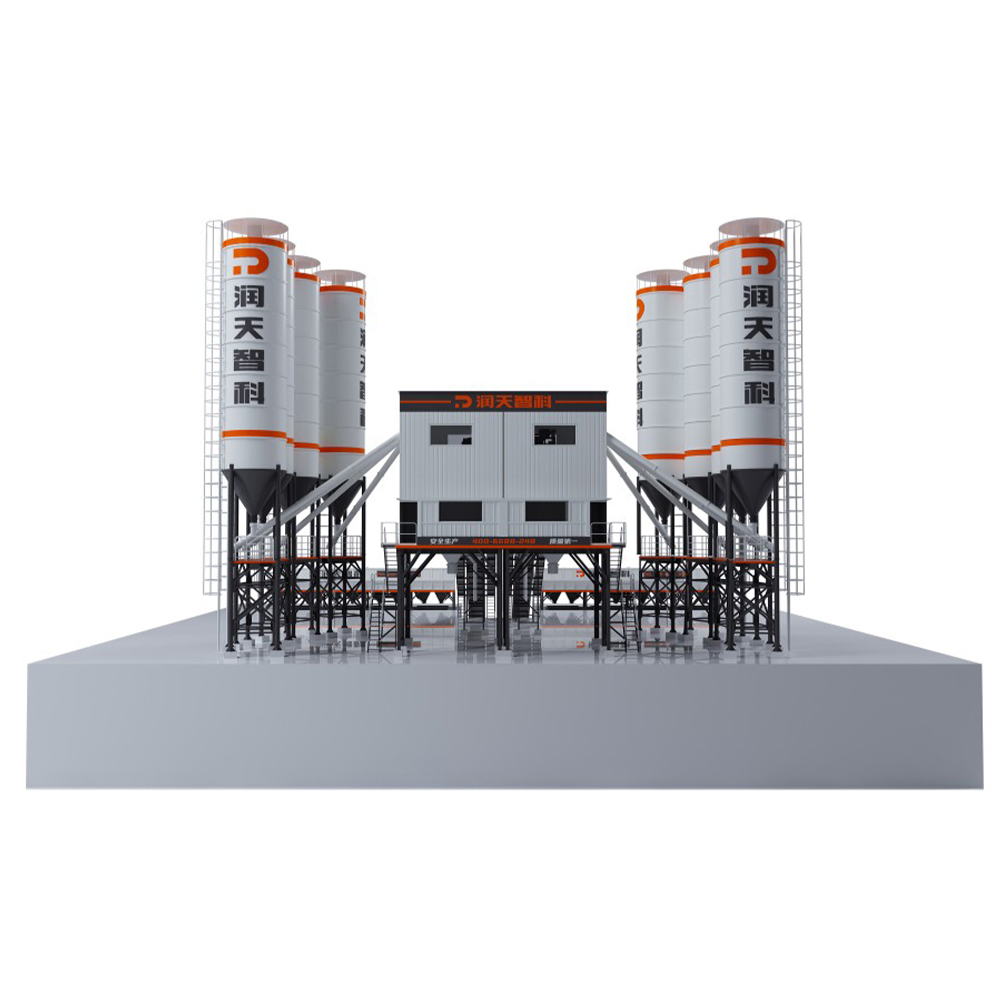 HZS Series Belt Concrete Mixing Plant
HZS Series Belt Concrete Mixing Plant
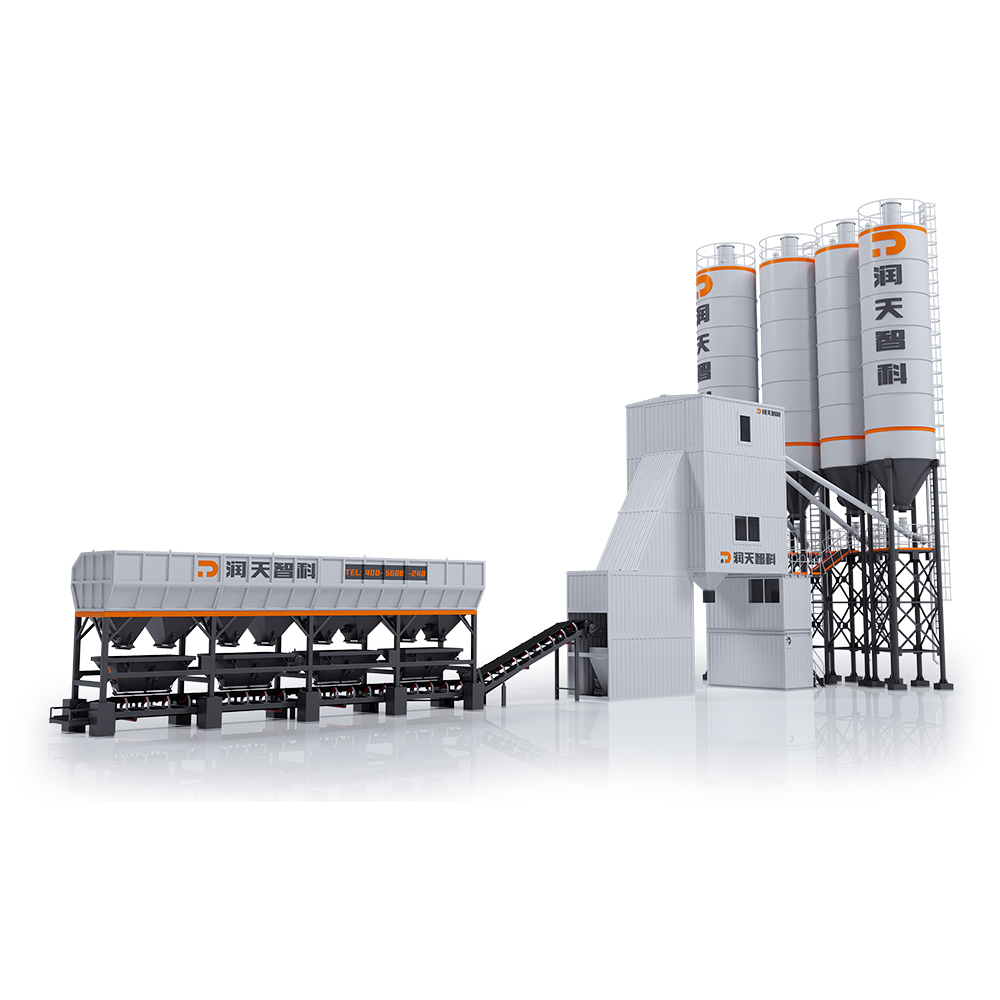 HZS Series Bucket-Lifting Type Container Concrete Mixing Plant
HZS Series Bucket-Lifting Type Container Concrete Mixing Plant
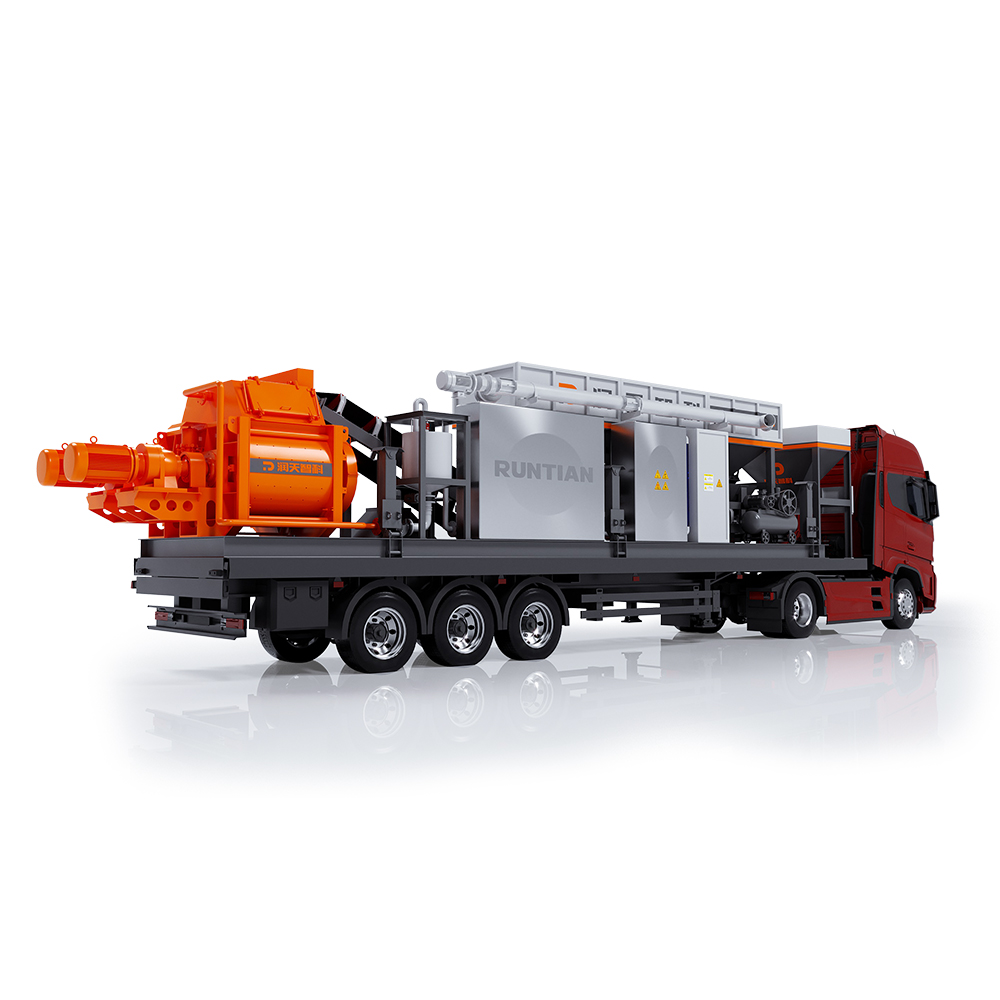 HZS60 Mobile Concrete Mixing Plant
HZS60 Mobile Concrete Mixing Plant
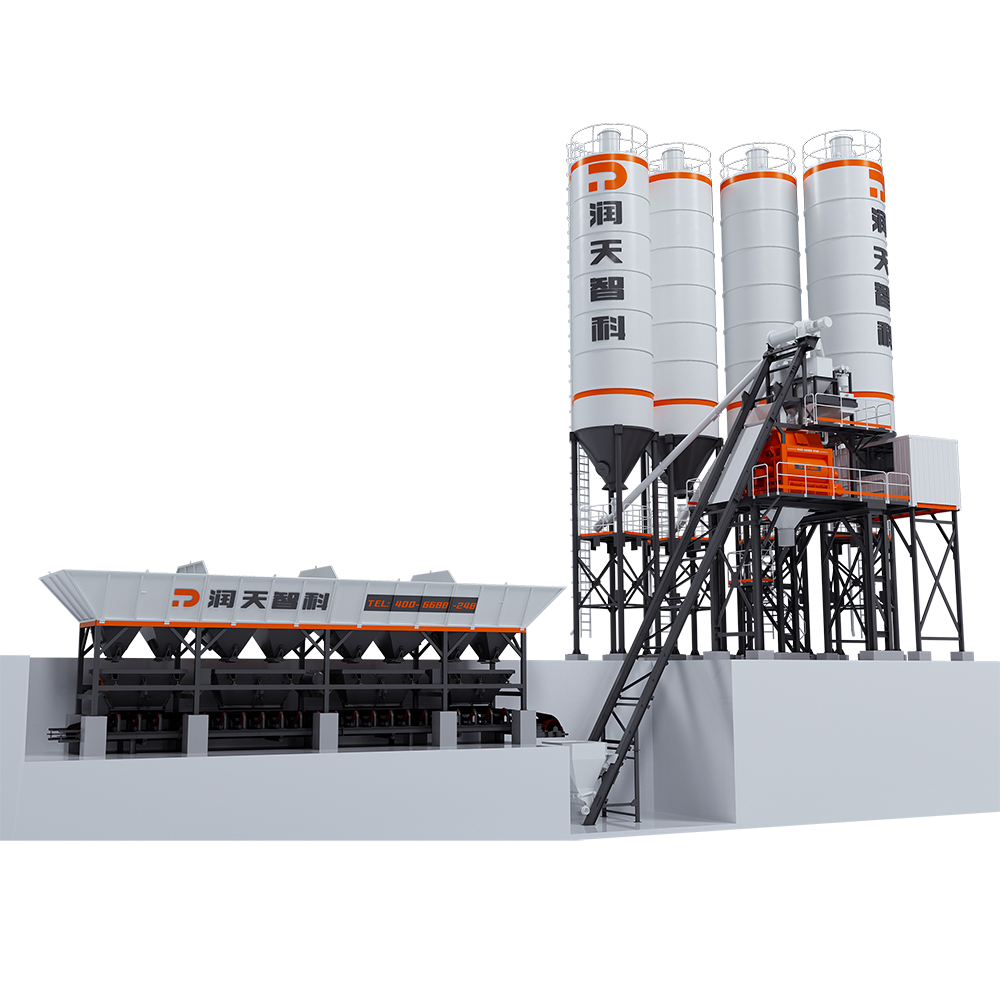 HZS Series Bucket-Lifting Type Concrete Mixing Plant
HZS Series Bucket-Lifting Type Concrete Mixing Plant
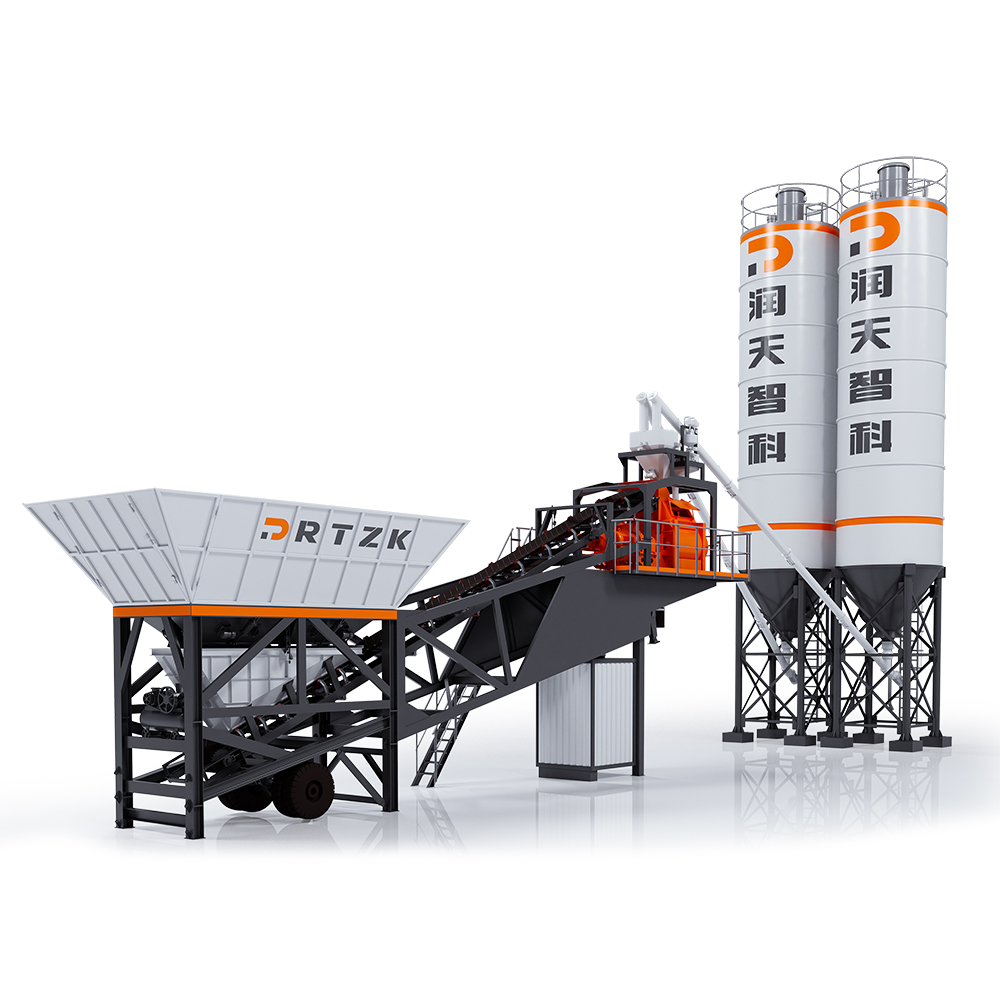 HZS Series Mobile Concrete Mixing Plant
HZS Series Mobile Concrete Mixing Plant
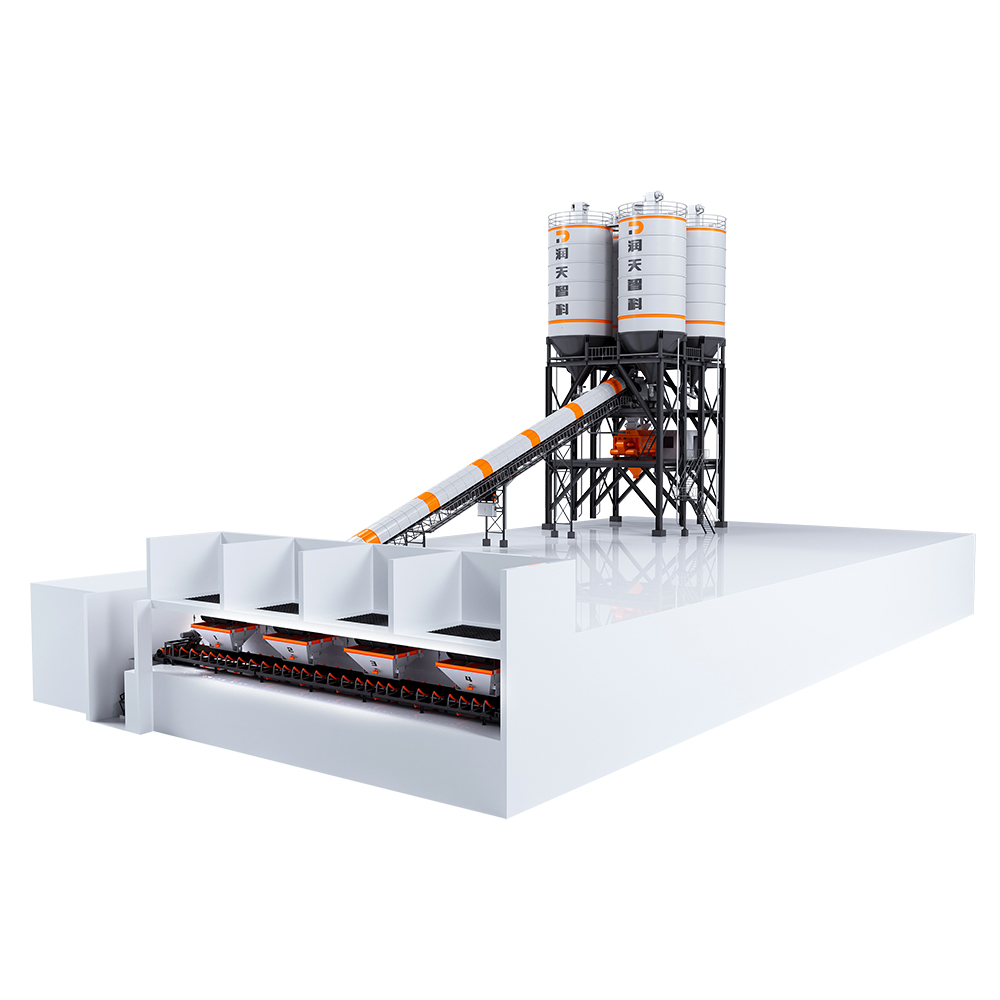 HZS Series Top-Mounted Concrete Mixing plant
HZS Series Top-Mounted Concrete Mixing plant
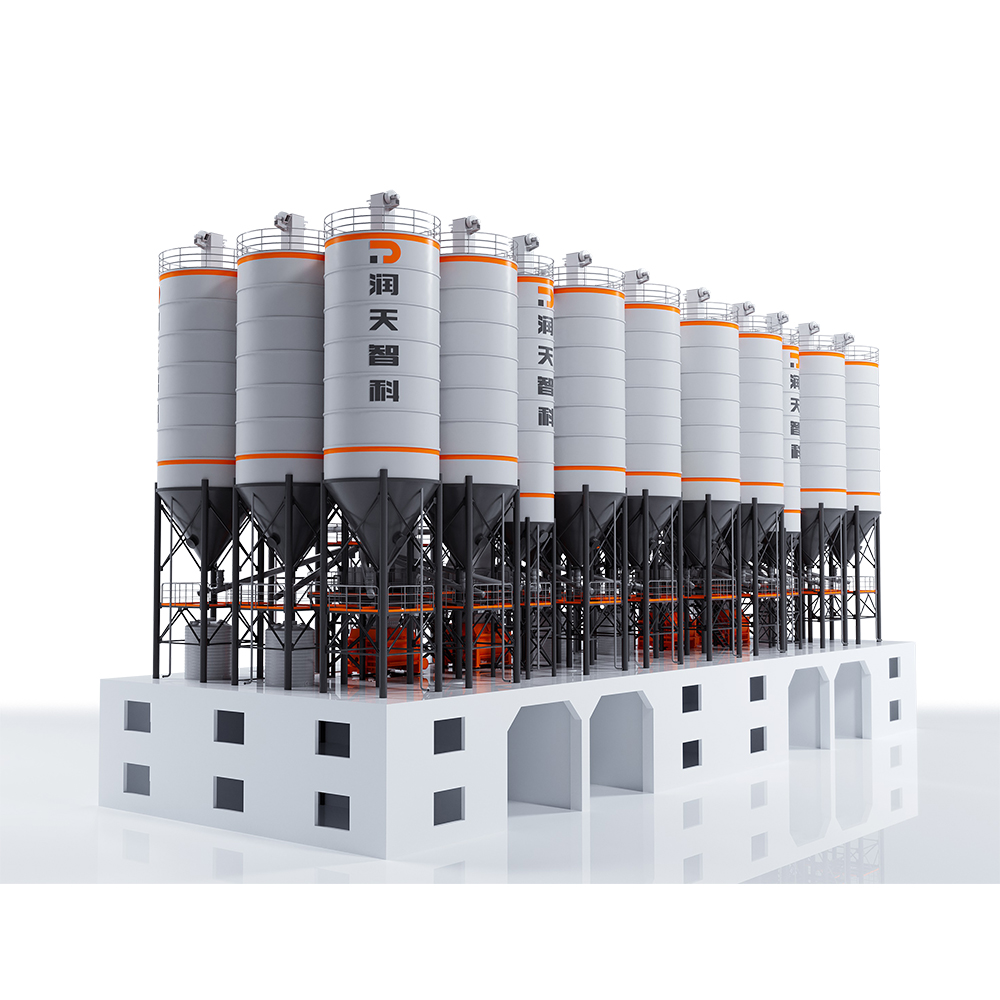 HZS Series Semi-Top Mounted Concrete Mixing Plant
HZS Series Semi-Top Mounted Concrete Mixing Plant
 Stabilized Soil Mixing Plant
Stabilized Soil Mixing Plant
 Asphalt Mixing Plant
Asphalt Mixing Plant
 Sand & Gravel Crushing and Screening Plant
Sand & Gravel Crushing and Screening Plant
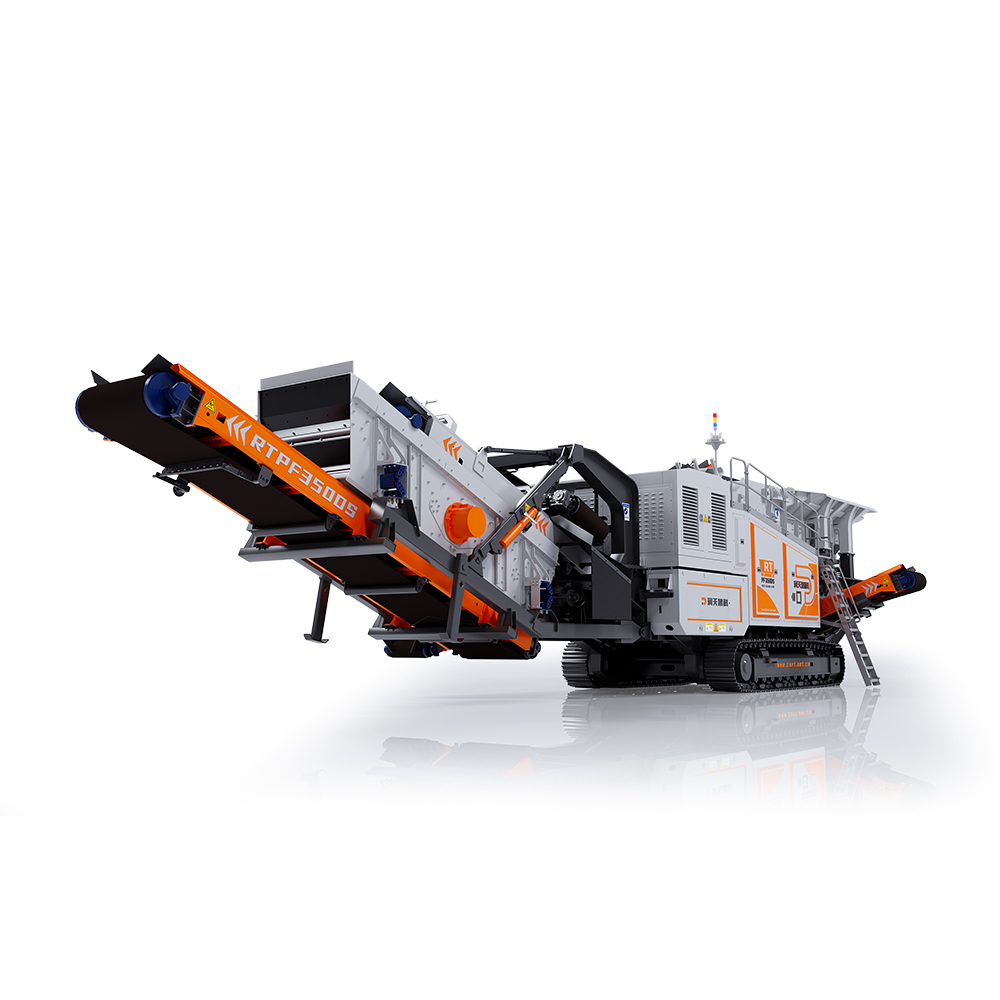 RTPF350DS Crawler Mobile Impact Crushing Plant
RTPF350DS Crawler Mobile Impact Crushing Plant
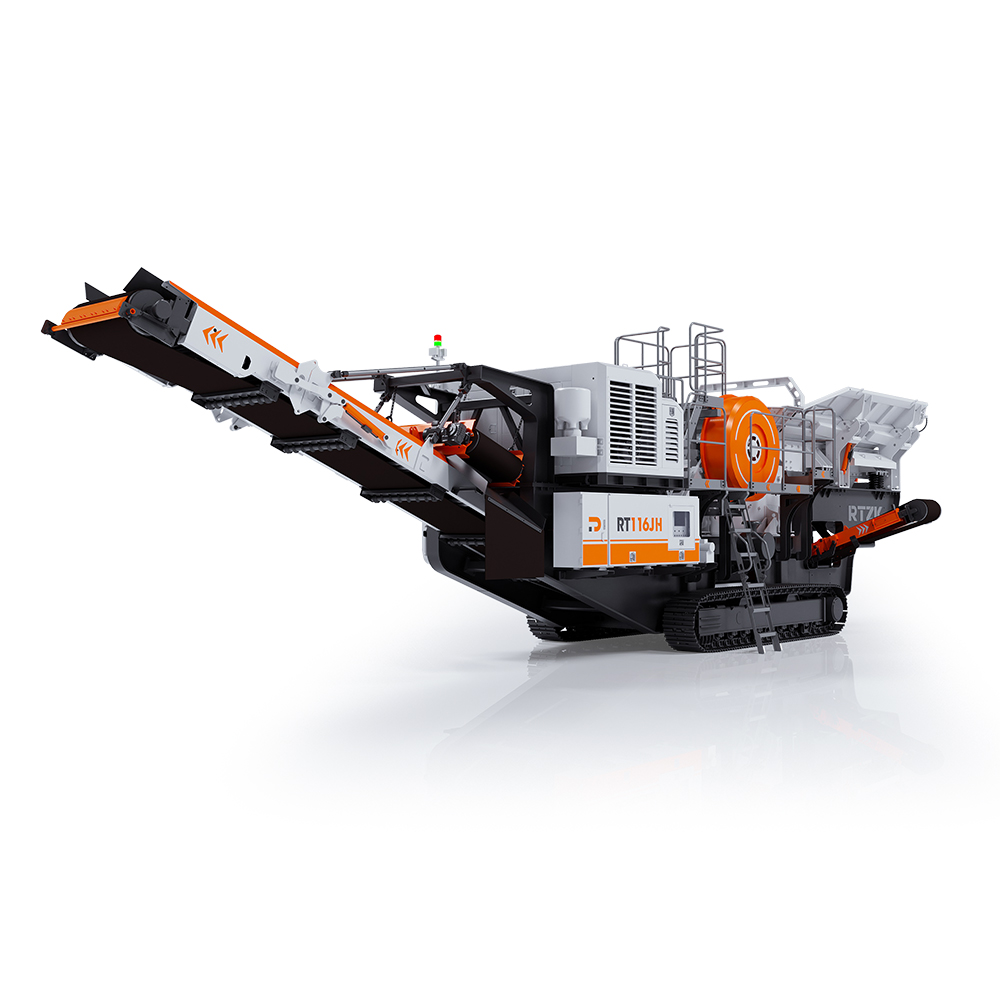 RT116JH Crawler Mobile Jaw Crushing Plant
RT116JH Crawler Mobile Jaw Crushing Plant
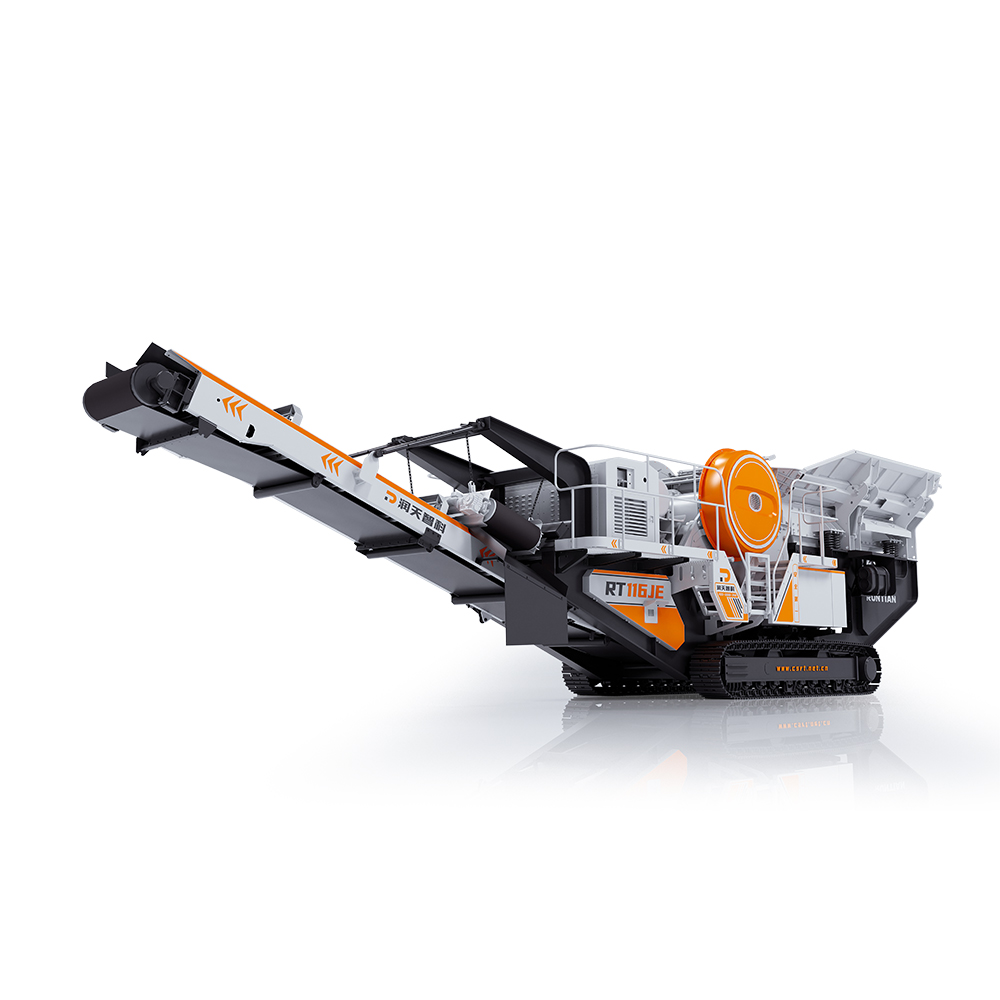 RT116JE Crawler Mobile Jaw Crushing Plant
RT116JE Crawler Mobile Jaw Crushing Plant
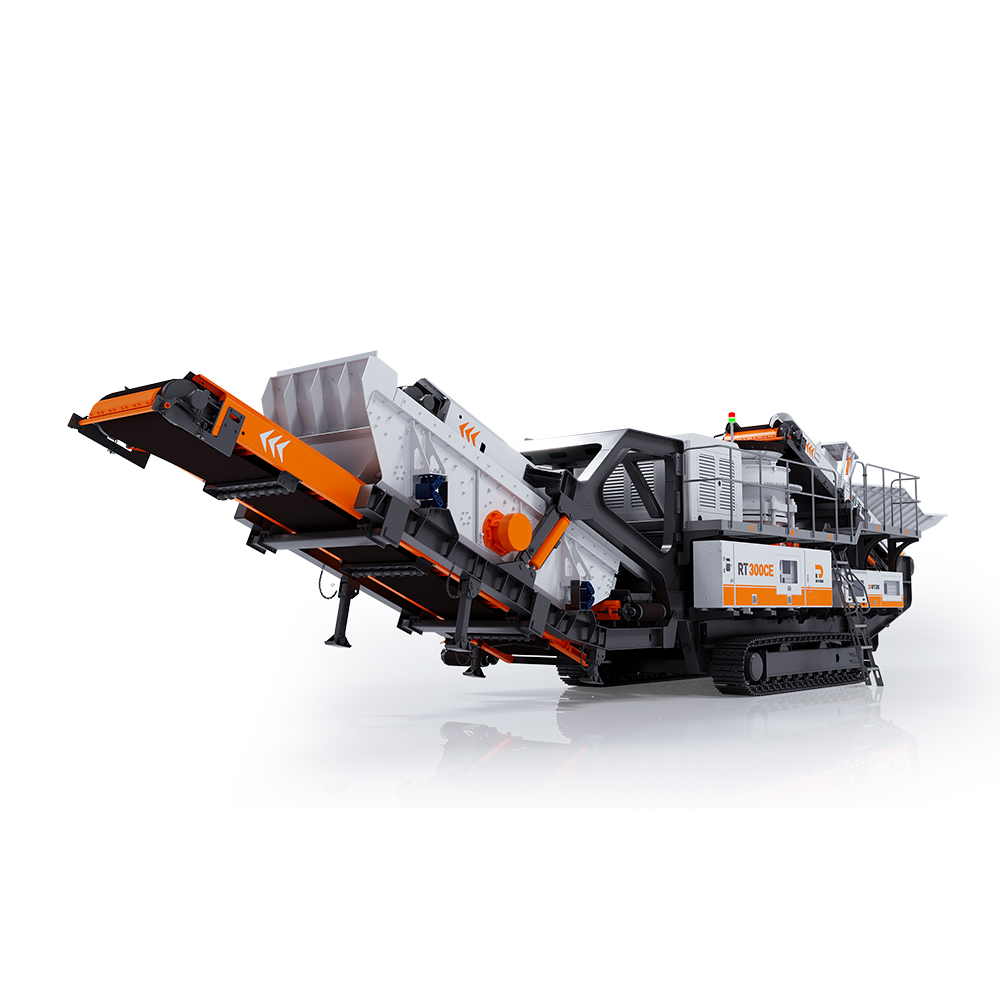 RT300CE Crawler Mobile Cone Crushing Plant
RT300CE Crawler Mobile Cone Crushing Plant
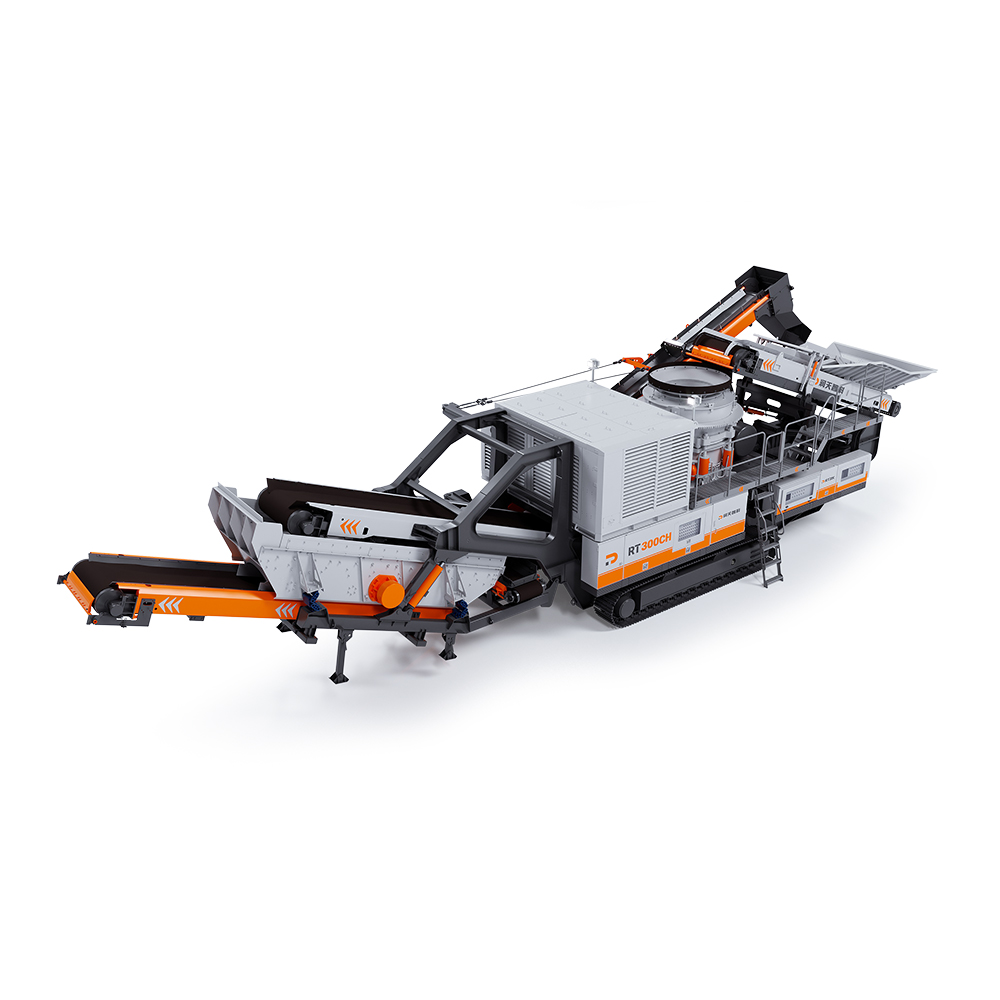 RT300CH Crawler Mobile Cone Crushing Plant
RT300CH Crawler Mobile Cone Crushing Plant
 RT5015H Mobile Scalping Screen
RT5015H Mobile Scalping Screen
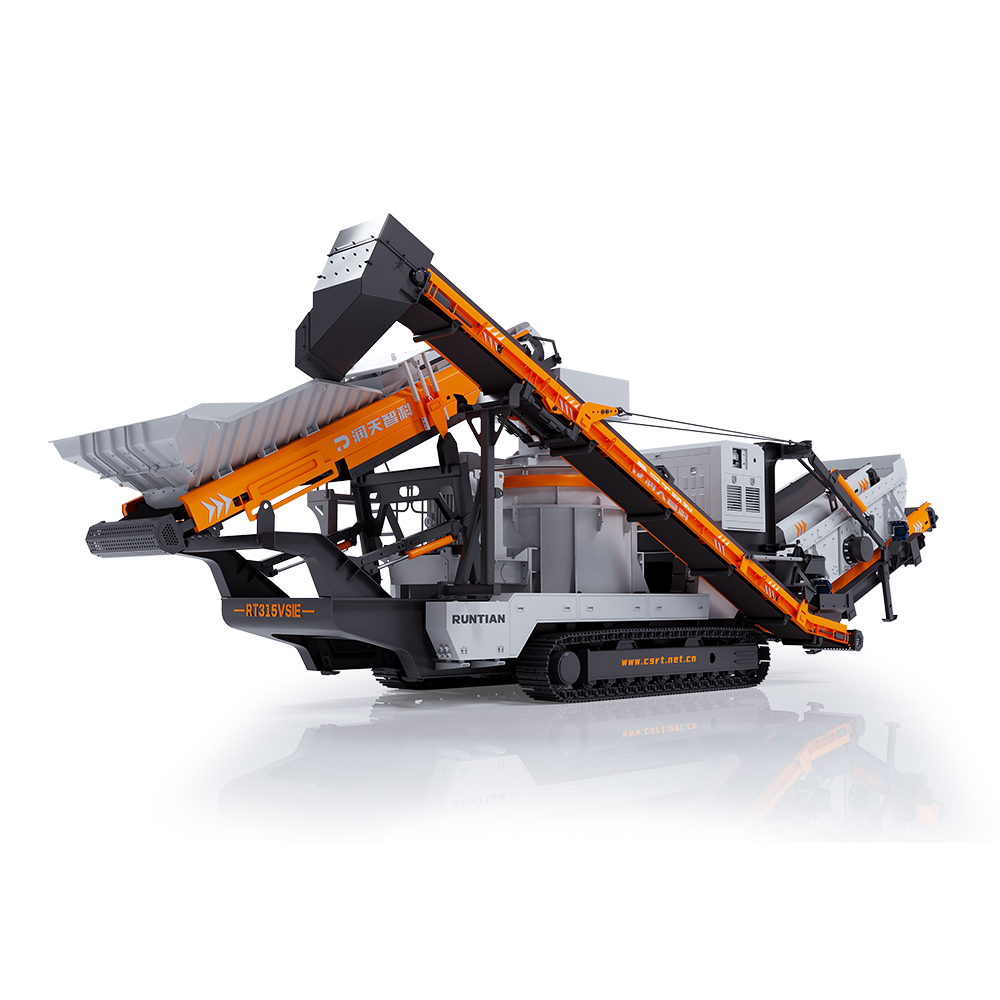 RT315VSIE Crawler Mobile Sand Maker
RT315VSIE Crawler Mobile Sand Maker
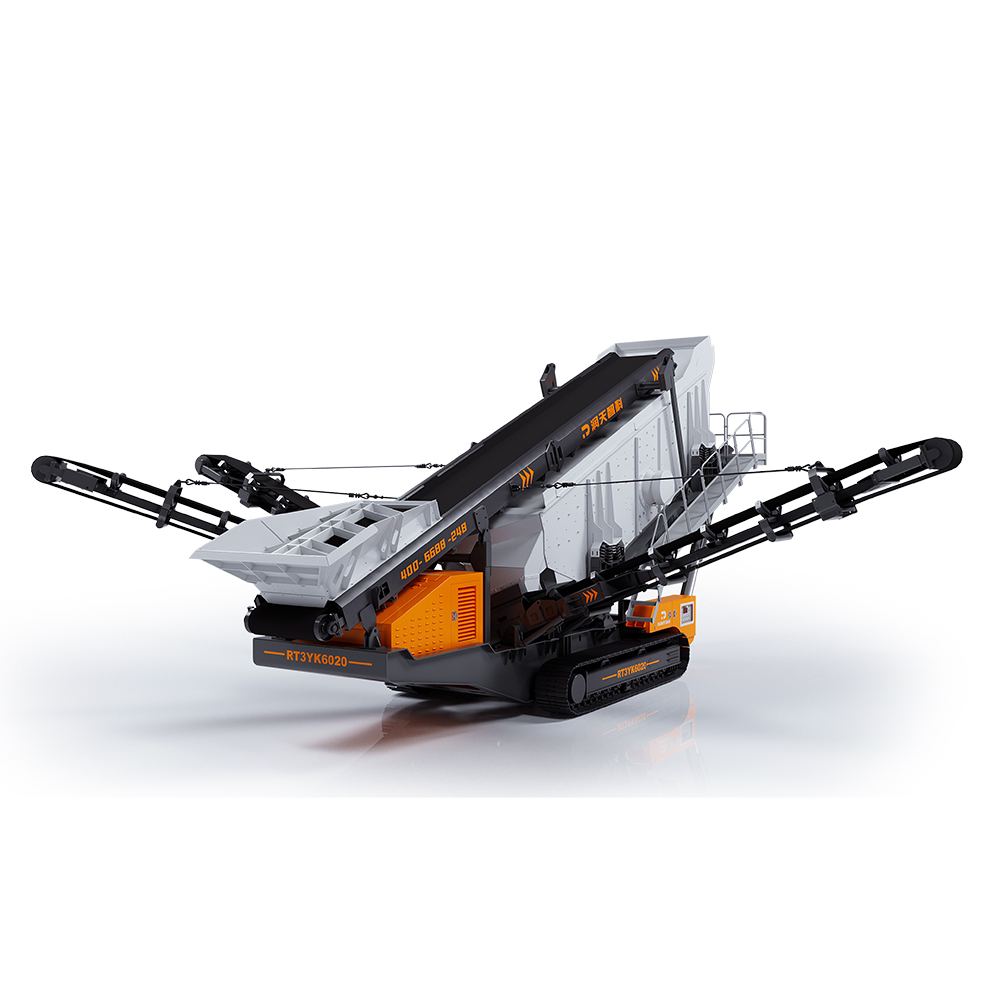 RT3YK6020 Crawler Mobile Screening Plant
RT3YK6020 Crawler Mobile Screening Plant
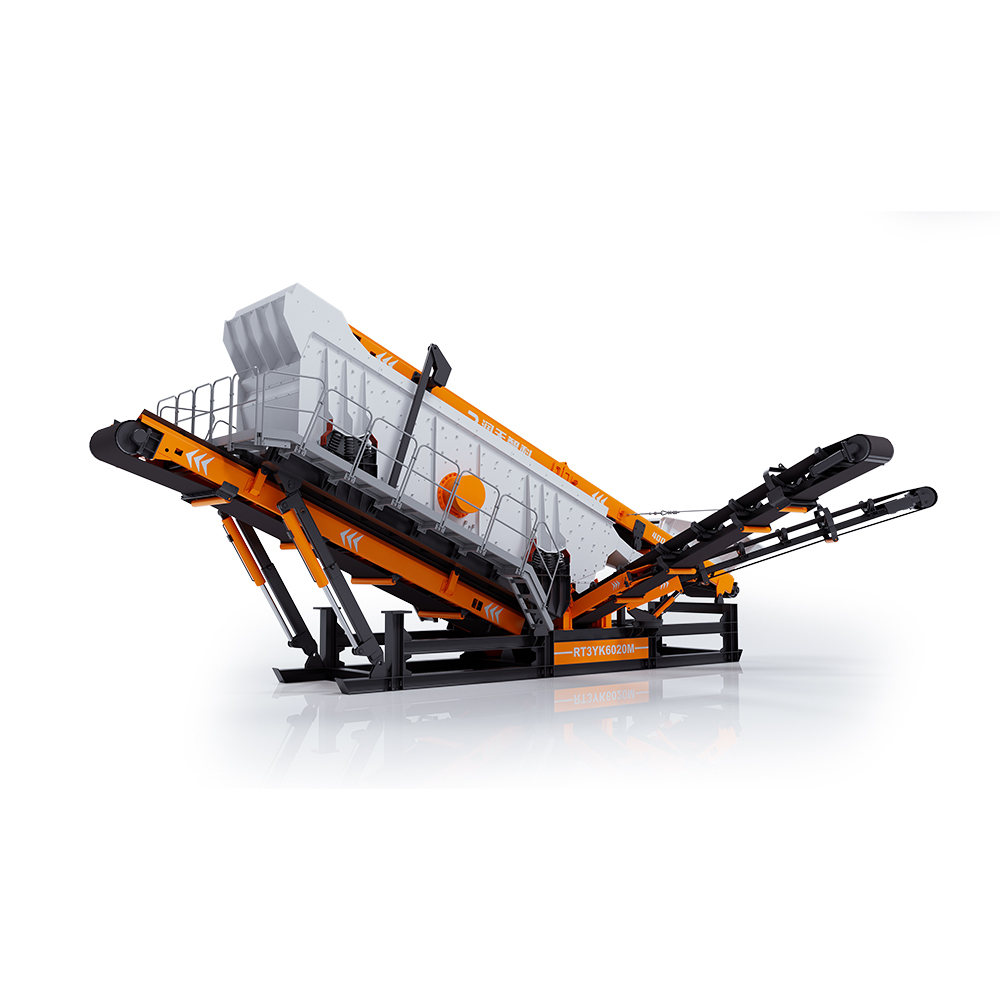 RT3YK6020M Modular Screening Plant
RT3YK6020M Modular Screening Plant
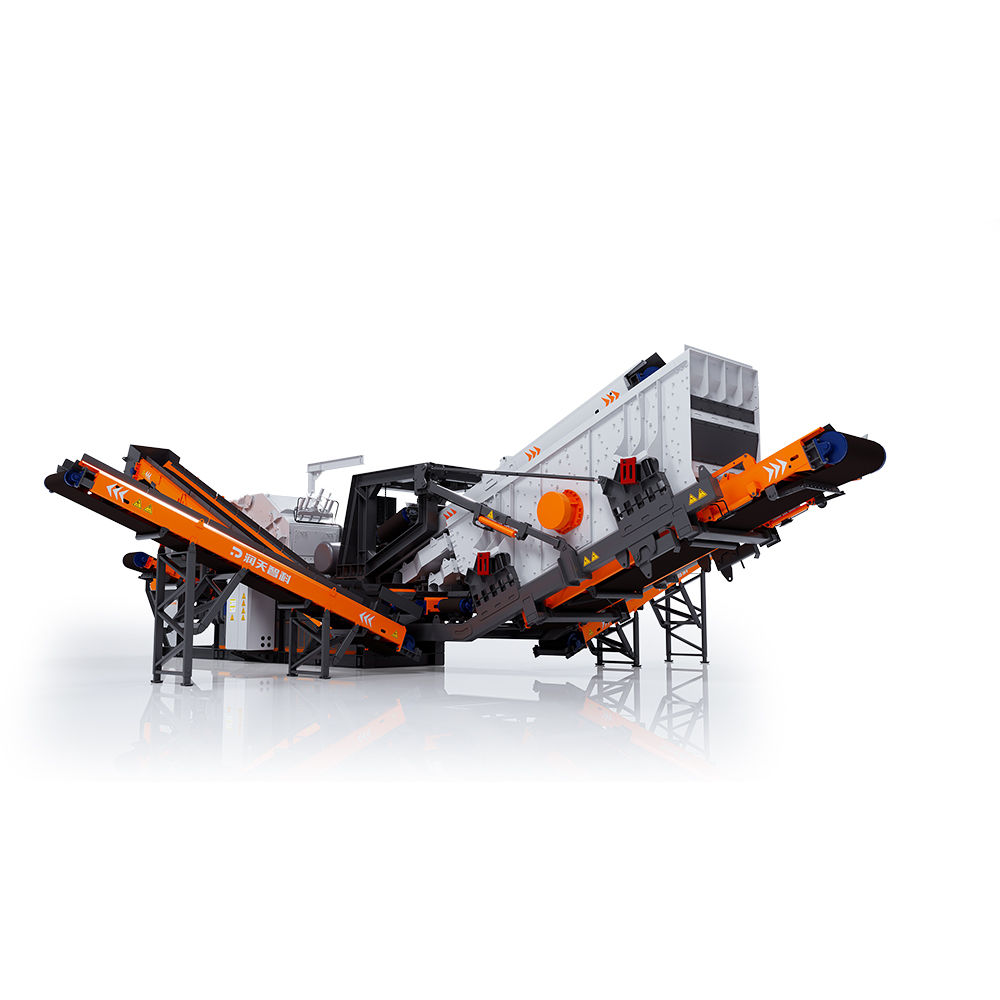 RTF260M Modular Counterattack Crushing and Screening Integrated Machine
RTF260M Modular Counterattack Crushing and Screening Integrated Machine
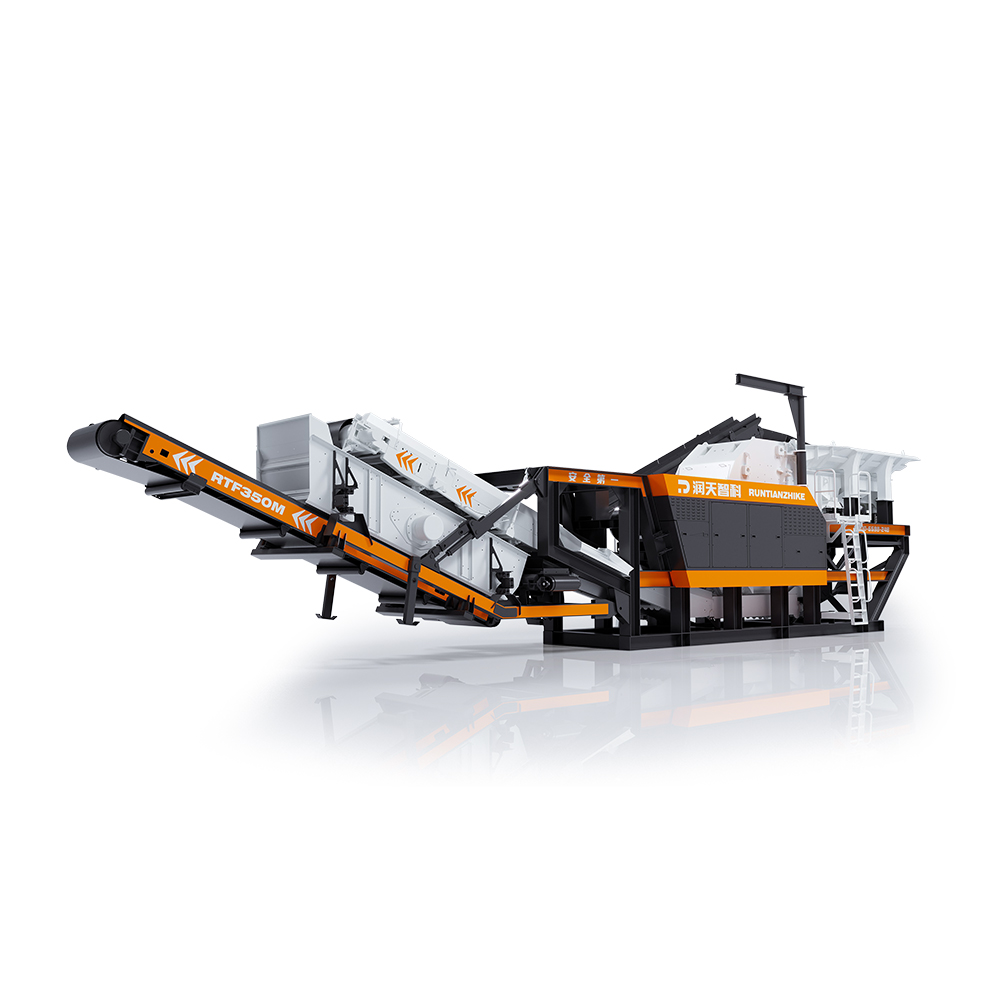 RTF350M Modular Impact Crushing Plant
RTF350M Modular Impact Crushing Plant
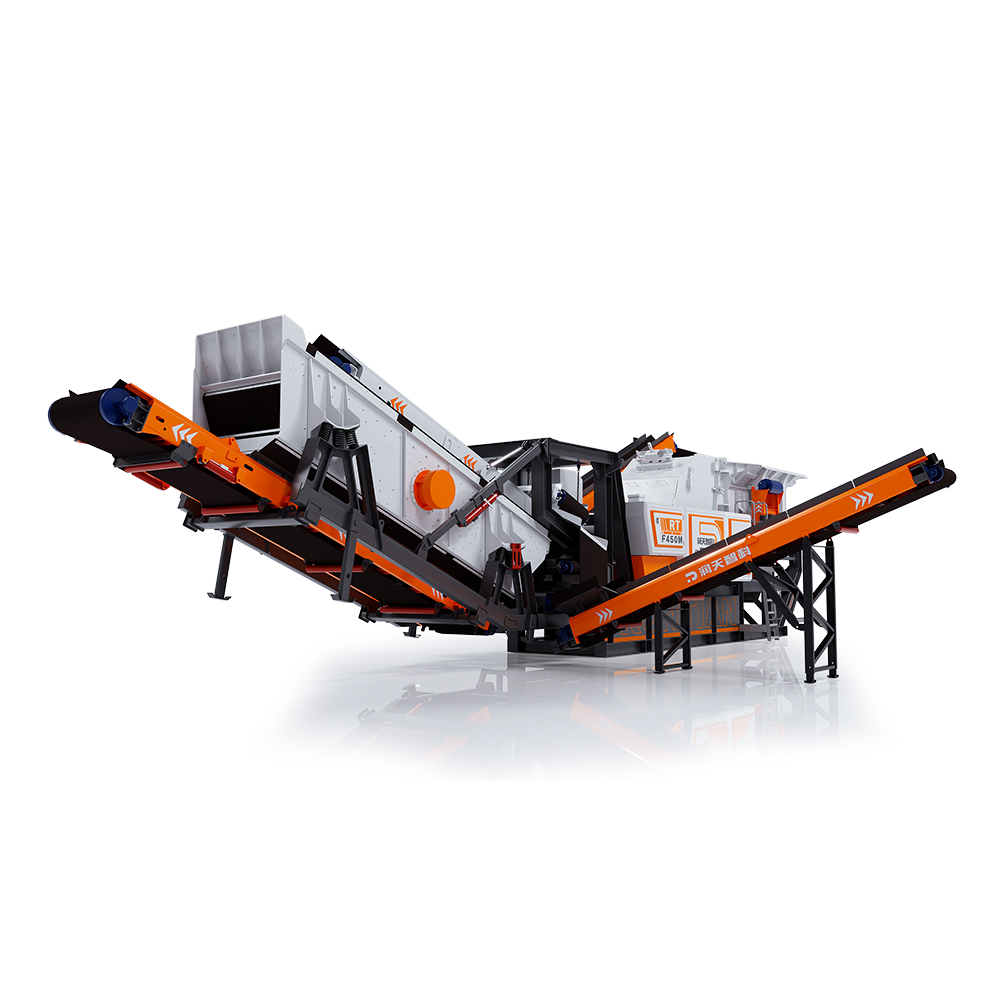 RTF450M Modular Impact Crushing Plant
RTF450M Modular Impact Crushing Plant
 Construction Waste Resourceful Treatment Line
Construction Waste Resourceful Treatment Line
Performances
Video
News
Blog
Contact Us
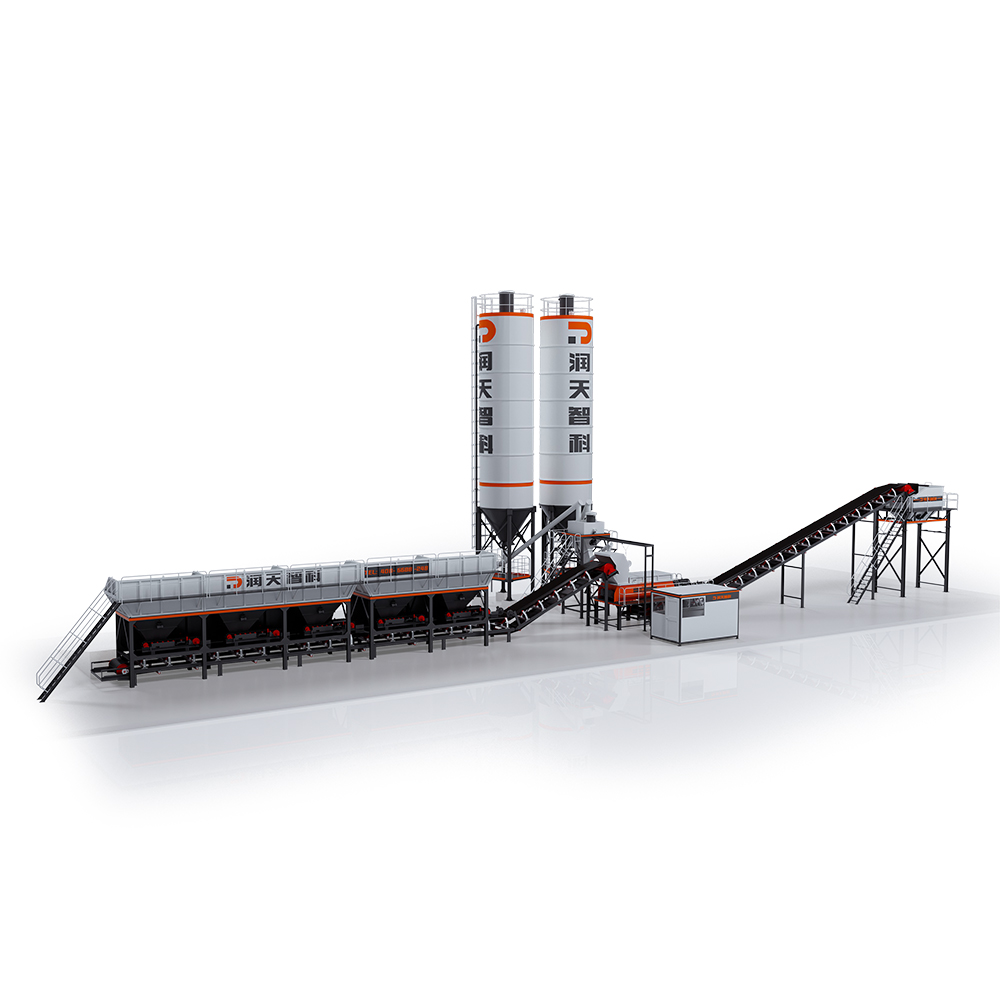 WDB Series Foundation-Free Stability Soil Mixing Plant
WDB Series Foundation-Free Stability Soil Mixing Plant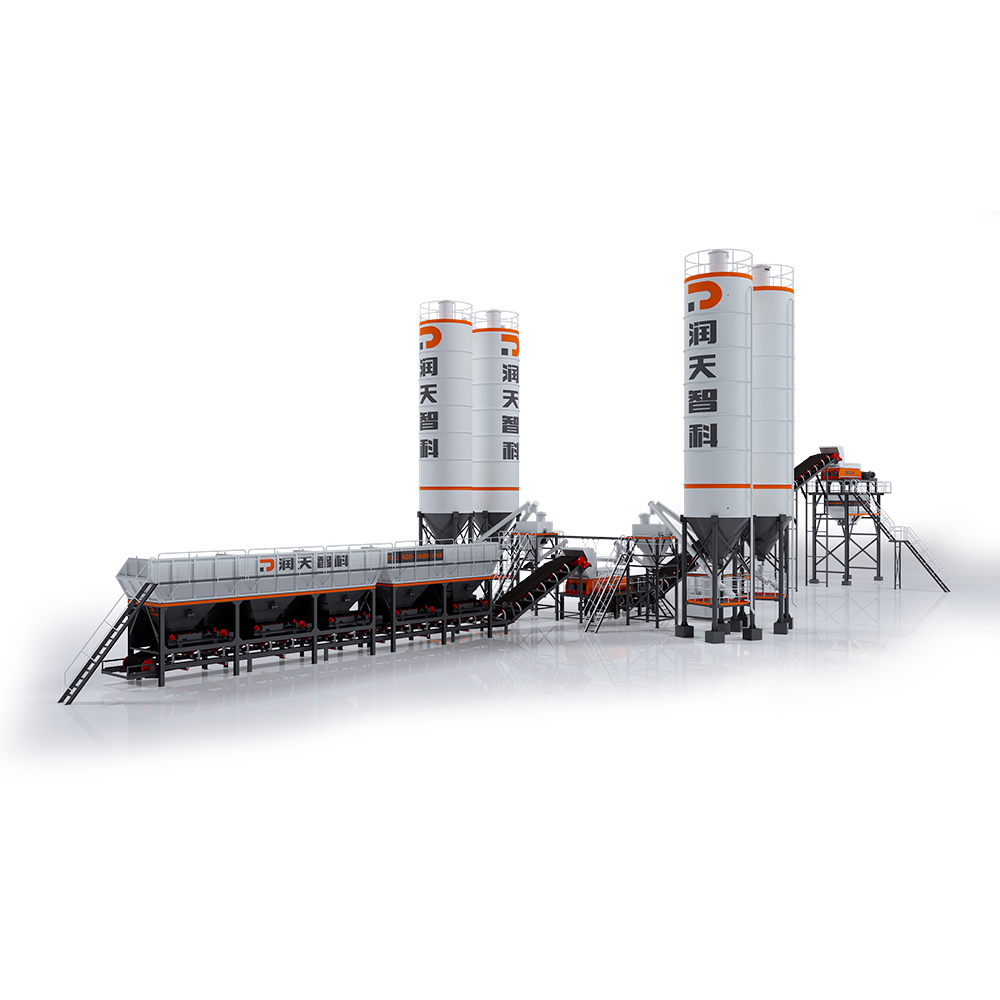 LCB Series Emulsified Asphalt Cold Regeneration Secondary Mixing Plant
LCB Series Emulsified Asphalt Cold Regeneration Secondary Mixing Plant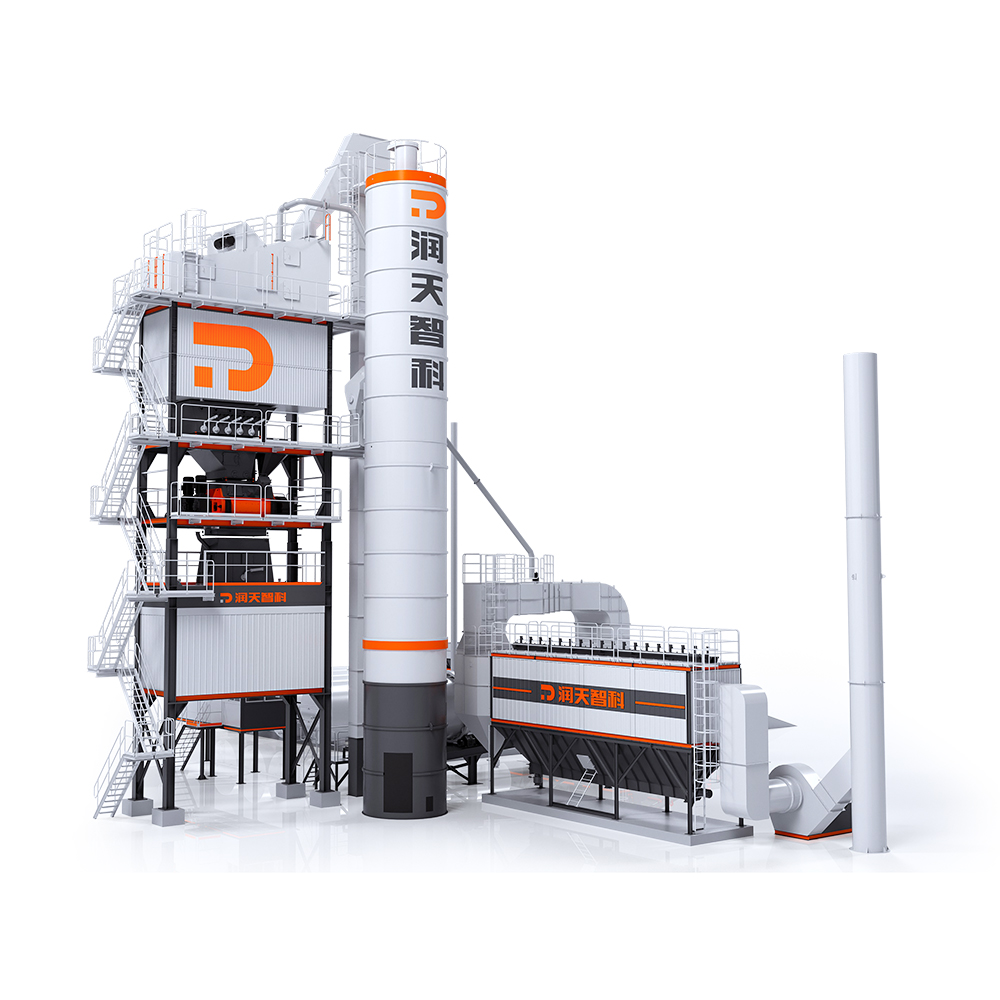 LB Series Asphalt Mixing Plant
LB Series Asphalt Mixing Plant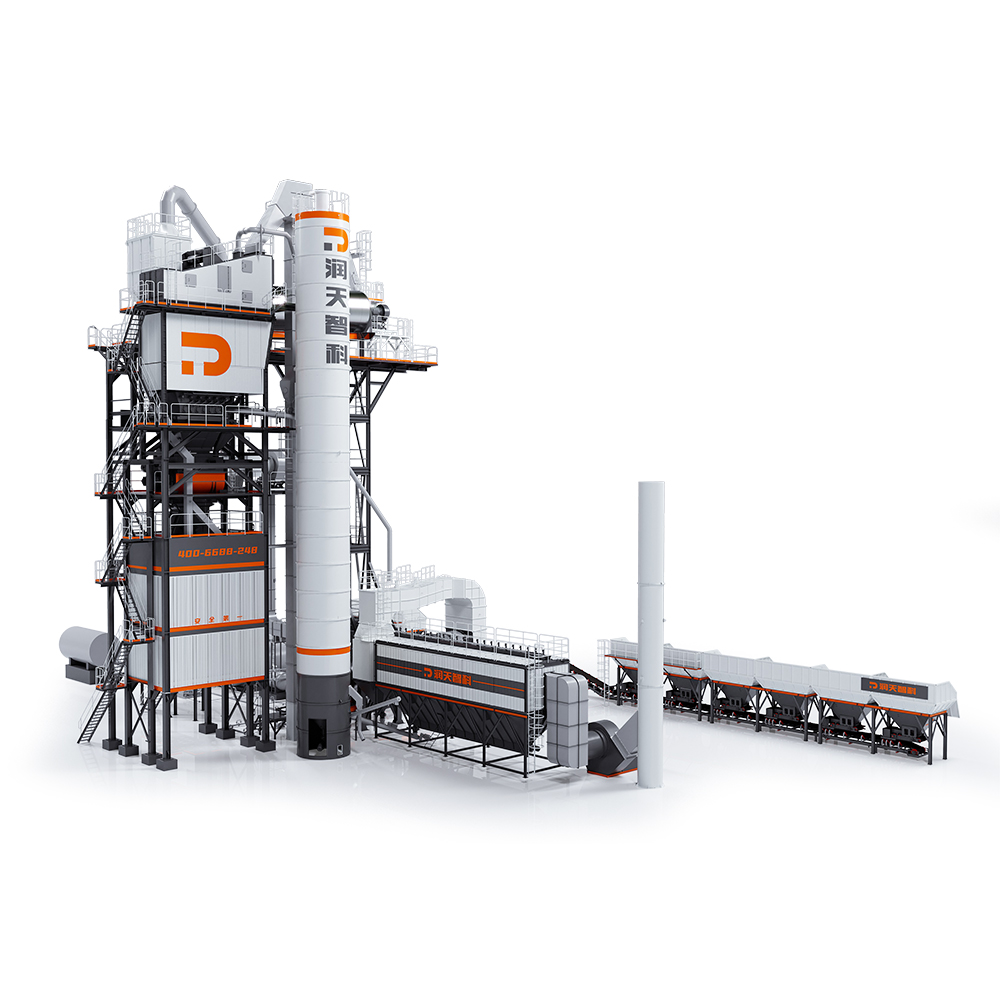 LBR Series Integrated Asphalt Mixing Plant
LBR Series Integrated Asphalt Mixing Plant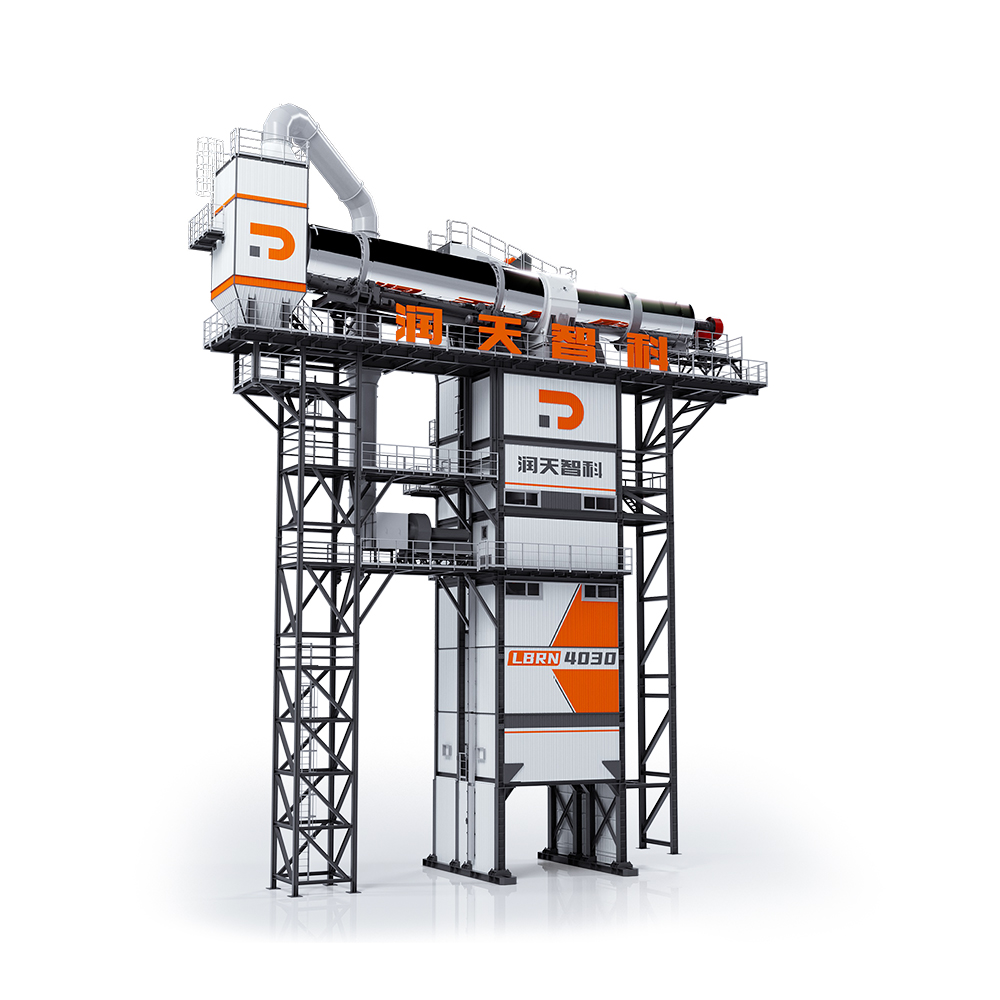 LBRN Series Counterflow Integral Asphalt Mixing Plant
LBRN Series Counterflow Integral Asphalt Mixing Plant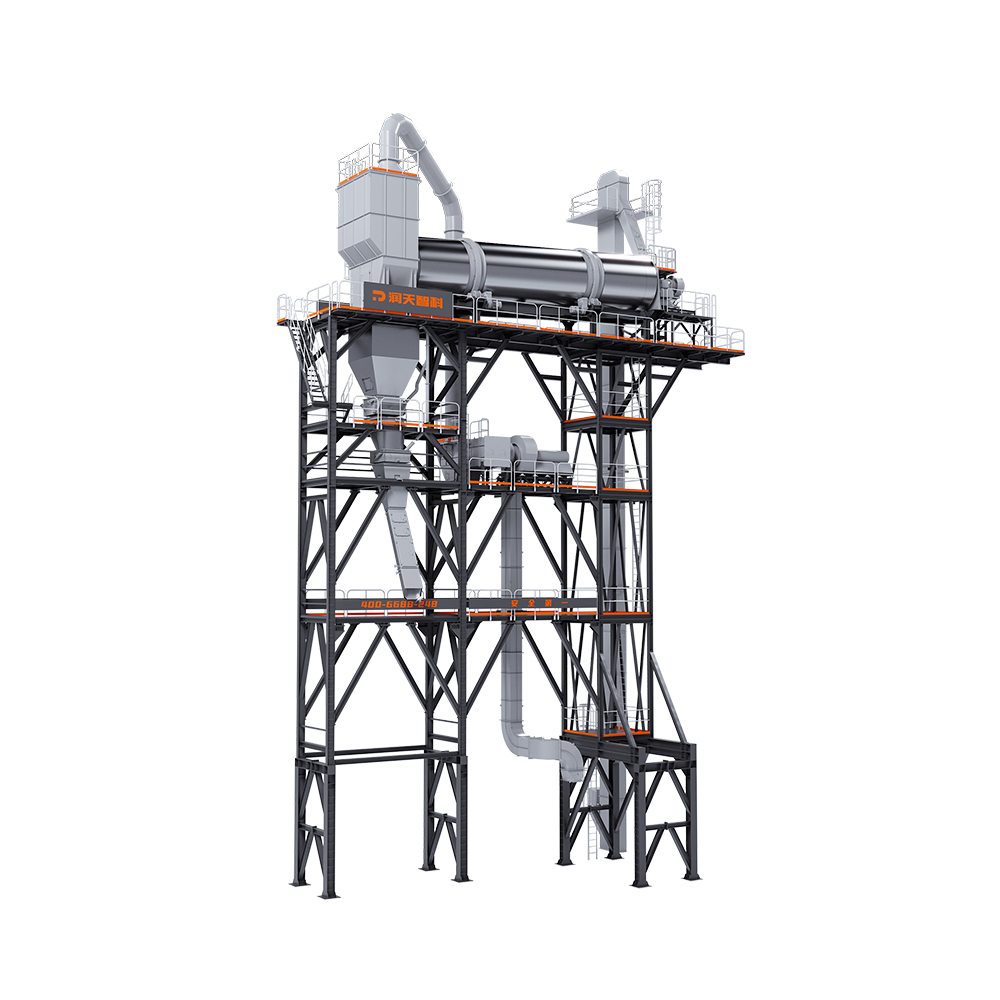 RZS Series Asphalt Mixing Plant
RZS Series Asphalt Mixing Plant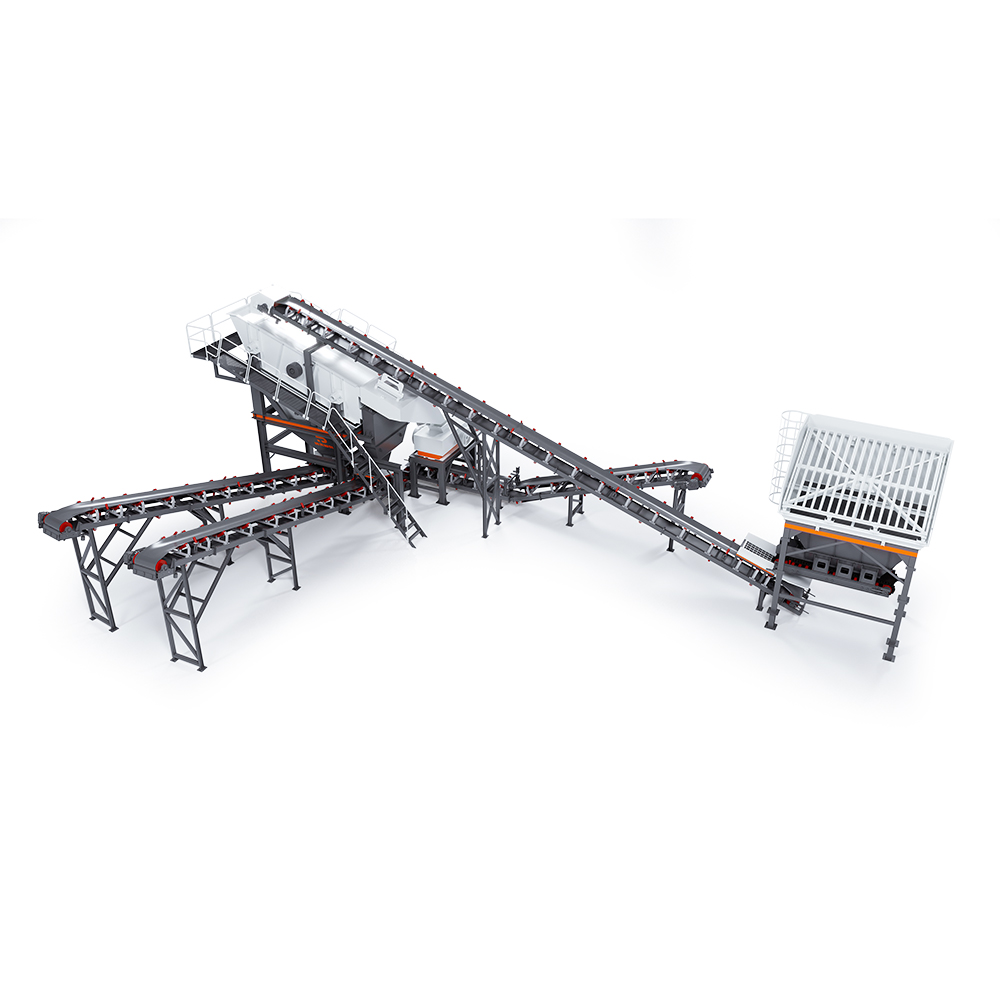 RTZS120 Series RAP Crushing & Screening Plant
RTZS120 Series RAP Crushing & Screening Plant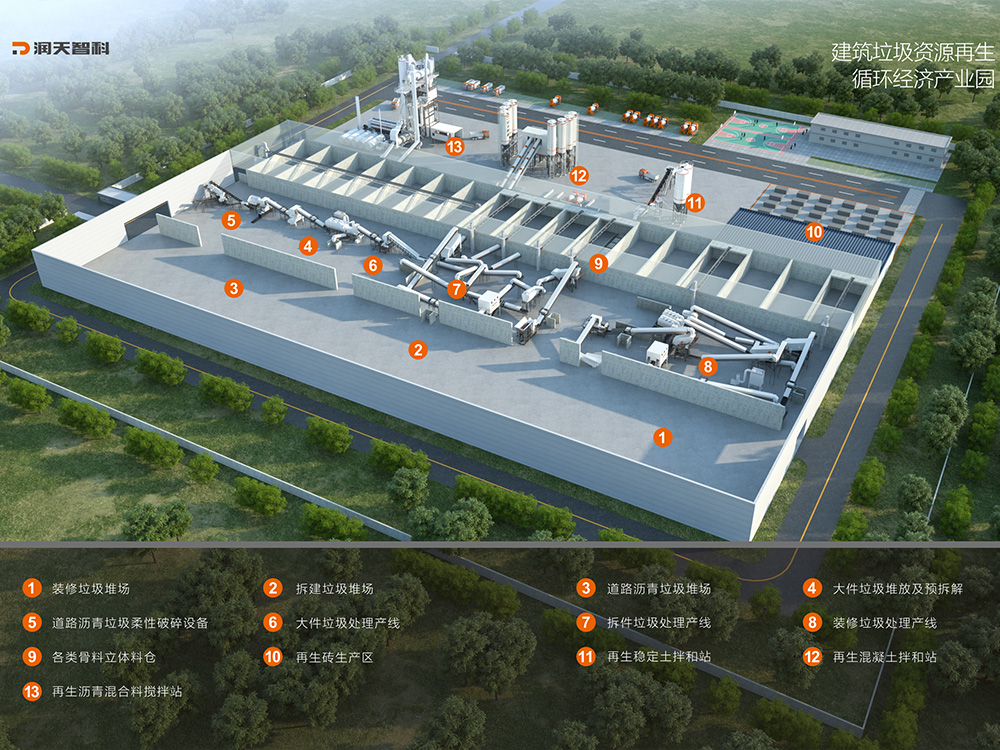 Construction Waste Resourceful Treatment Line
Construction Waste Resourceful Treatment Line


